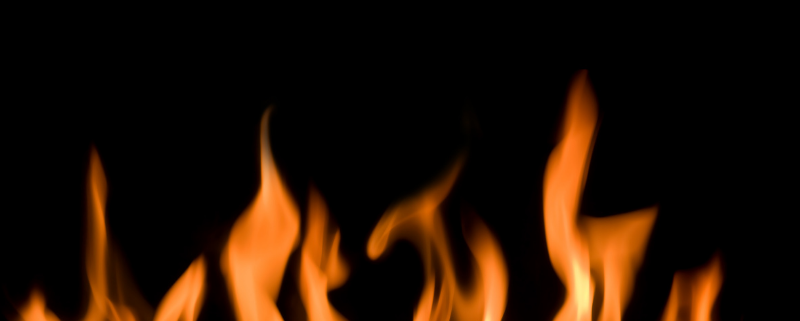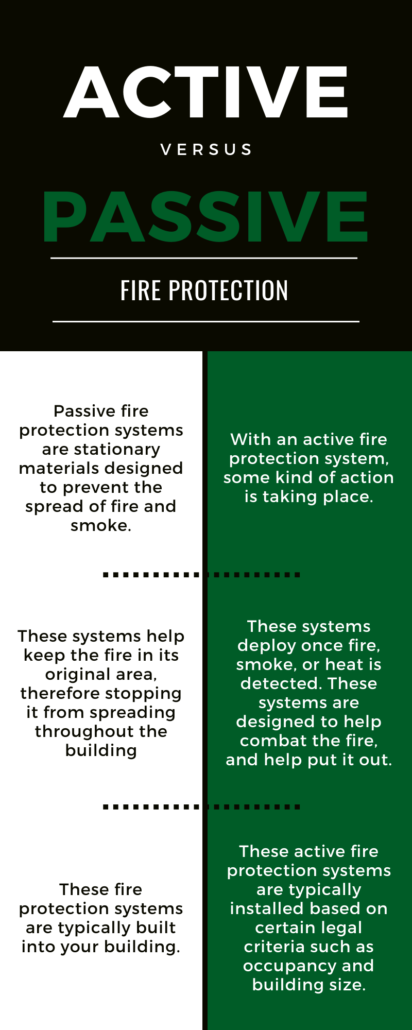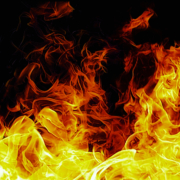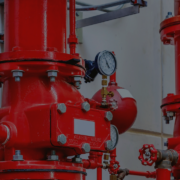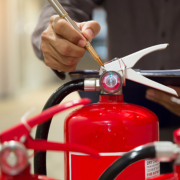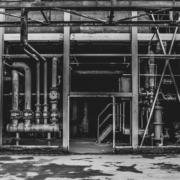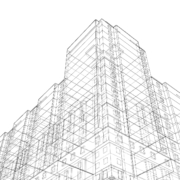ACTIVE VS. PASSIVE FIRE PROTECTION
WHEN YOUR WIFE SAYS “I’M FINE…” HOW TO PUT OUT FIRES (BECAUSE YOUR RELATIONSHIP IS ABOUT TO GO UP IN FLAMES)
As a husband, the last thing you want to hear is your wife passive-aggressively saying “I’m fine…” You know exactly what that means- it’s time to put out a figurative fire because your relationship is about to go up in flames. As a building owner, the flames you need to avoid aren’t quite as figurative.
In order to fight very real fires that can occur in your building, you need to implement proper fire protection systems. Both active and passive fire protection systems are necessary to keep your building, and more importantly, your people safe from harm.
WHAT IS PASSIVE FIRE PROTECTION?
The word ‘passive’ has a connotation that the object in question is something that is not expected to produce results. Your wife’s passive-aggressive comments beg to differ, and so do your passive fire protection systems. In fact, passive fire protection (pfp) can be equally, if not more, effective than active fire protection.
Passive fire protection systems are stationary materials designed to prevent the spread of fire and smoke. These systems help keep the fire in its original area, therefore, stopping it from spreading throughout the building. The combination of active and passive fire protection systems can help put out fires faster and stop additional damage from occurring.
These fire protection systems are typically built into your building. When looking to renovate or build on a property, there is a lot of careful planning needed to ensure your building has these passive fire protection systems in place. Our team can help your team design and plan your construction in order to ensure building safety. For example, using cinder block walls as opposed to traditional wood-frame walls help to reduce the spread of flames.
However, passive systems can still be added after construction. Structures like smoke baffles, fire doors, and fire-resistant glass partitions can be installed after construction has been completed.
The objective of a passive fire protection system is to hold the smoke and flames in one contained area. They can also be used to channel the flames out of the building. When you have passive fire protection systems in place, fires that do occur are easier to extinguish.
WHAT IS ACTIVE FIRE PROTECTION?
With an active fire protection (afp) system, some kind of action is taking place. Whether it is manual or automatic, these systems deploy once fire, smoke, or heat is detected. These systems are designed to help combat the fire, and help put it out.
MOST BUILDINGS ARE EQUIPPED WITH A FEW ACTIVE SYSTEMS THAT CAN BE DEPLOYED ONSITE DURING A FIRE.
SMOKE DETECTORS
Smoke detectors activate when there is smoke in the building. These detectors typically utilize noise and light to alert occupants in the building of the potential fire.
FIRE EXTINGUISHERS
Are manually operated active fire protection measures. These help occupants put out small fires within the building.
SPRINKLER SYSTEMS
Sprinkler systems are active fire protection systems that automatically activate to help put out the fire while building occupants move to safety. These systems trigger when the heat from the fire causes the sprinkler head to open. There are various types of fire sprinkler systems that can be beneficial for your business.
Understanding your unique business needs is exactly what we do at VFS. Our in-house teams help with construction services, special hazard needs, inspection maintenance, and preventative maintenance. We are your partner in success.
VENTILATION SYSTEMS
Ventilation systems help direct smoke out of the building and away from the occupants.
These active fire protection systems are typically installed based on certain legal criteria such as occupancy and building size. Higher than average risk areas, such as areas with flames or cooking implements might require additional active systems for added protection.
HOW DO PASSIVE AND ACTIVE FIRE PROTECTION MEASURES WORK TOGETHER?
A combined effort of passive and active systems is essential to the safety of your building and its occupants. Active systems effectively help occupants evacuate or fight the flames, these systems typically have a greater likelihood of error.
Passive systems should be installed throughout the building as a way to support active systems. A great example of passive and active systems working together is smoke curtains. These passive fire protection systems help direct smoke toward vents, where smoke can leave the building. Passive systems can also help force flames and smoke to remain in one area.
New buildings should implement these passive fire protection systems into the design and build phase of construction. Our Design/Build team at VFS can help ensure your building is protected from harm when it is finished. Older buildings, which do not have these passive systems built-in, can be retrofitted with smoke curtains and panels as an added layer of protection.
Active and passive fire protection systems together can prevent expensive damages, catastrophic injuries, and potential loss of life. Implementing both systems into your building is essential to the safety of your building.
At VFS, we believe in helping your company meet the needs of your unique building. Every building is different, every building needs different protection systems in place. Our teams think creatively to come up with solutions that ensure your building remains safe from harm. Reach out to us today to see how we can help your business today!


